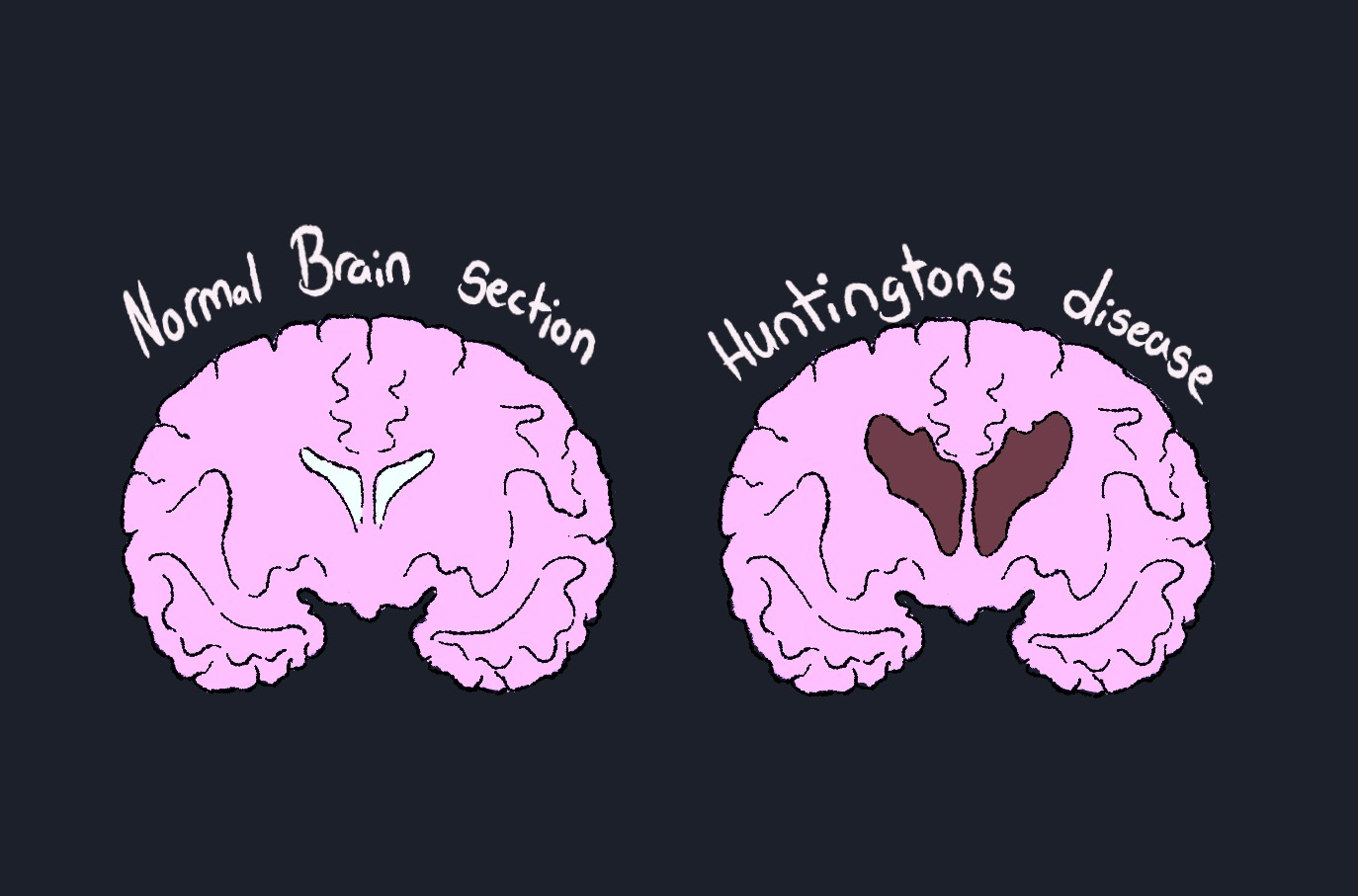In the literary world, there is a phenomenon which I like to call “the random spooky ending” in which an author decides suddenly that their novel should be supernatural and chooses to just shove that magic little something in randomly at the end. I simultaneously love this and absolutely despise it as it has the potential to bring out so much creativity but sadly often feels like a cop-out. Enter one of my recent reads: “Mona” by Pola Oloixarac.
“Mona” takes place at a snobby literary conference in Sweden which will announce the Basske-Wortz, described as “the most important literary award in Europe.” Ostensibly, the novel focuses on its titular character, Mona, a physically and emotionally traumatized Peruvian writer nominated for the award, and her struggle with problems of identity, substance abuse, self-destruction, general mental health, and manipulation.
This novel had such potential for a nuanced take on various facets of the literary world focused on a cast of deceptive and unlikable characters who reflect a variety of truths. Writer Rob Doyle put it best: “It’s a shame that Mona is not both more fleshed out and tightly focused. In a literary culture swamped by clenched, worthy fiction and the writer as activist, her satirist’s misanthropy and taste for provocation are a tonic.”
While this novel begins to unpack the lit-community, it takes on a lot within just 192 pages. Still, while reading it, I had faith. I loved Mona’s biting critiques of her peers and slowly uncovering her traumatic past with each page turn. So, when I reached the end of the novel, I expected something, anything, that would make a final statement on Mona’s character or even on the future of the lit-world. Instead, I was met with a sudden and out-of-place ending which appealed to Nordic mythology by conjuring a monster from a neighboring body of water that destroys the entire world. Every. Single. Character. Gone.
Now, I did not hate this ending. Looking back, it is a fascinating take on what weight stories and people truly have as life is so volatile. However, because it is just thrown in at the end and feels so jarring to read after spending most of the novel on a more realistic plane, it misses the mark.
This is the problem I have with “the random spooky ending”: Often, these endings have the potential to do so much — to say something fascinating about the world of the novel they inhabit (something I would like to believe the author intends to communicate), but because of the shift in tone and in the reality, the reader gets too confused and caught up in the change to actually grasp it. It took a while after I read “Mona” to truly appreciate and understand the ending, and it made me frustrated because I really did enjoy reading this book.
There is certainly a place for surprise magic and “the random spooky ending,” and I am sure there are books out there that utilize the technique beautifully. Unfortunately, this is not one of them. I love supernatural elements in novels and the idea of crossing and blurring genre lines — which is why I want to love “the random spooky ending.” However, I think the key to making this a technique which more readers, like myself, can appreciate is to not just leave the reader hanging. You can surprise us, but don’t expect shock to do the work of communicating what it is you want to say about the world. It is an author’s duty to work to communicate, and when “the random spooky ending” leaves the reader to do the heavy lifting, the novel ends up falling short.








Leave a Reply